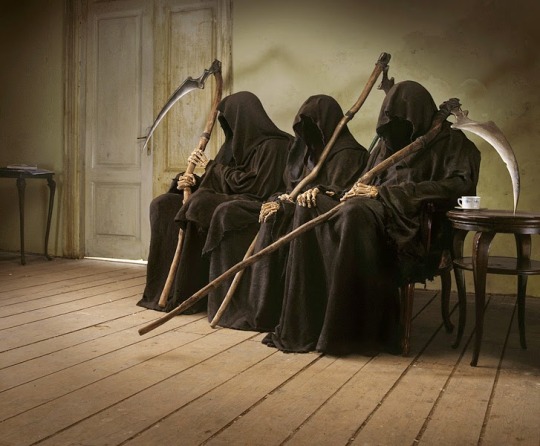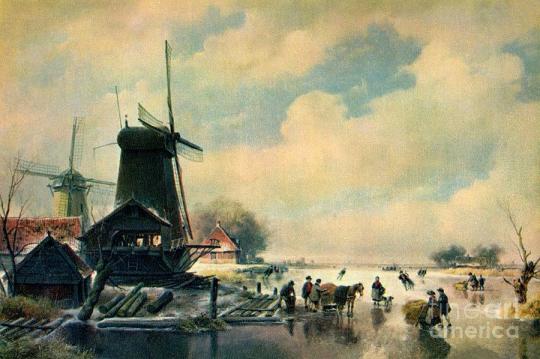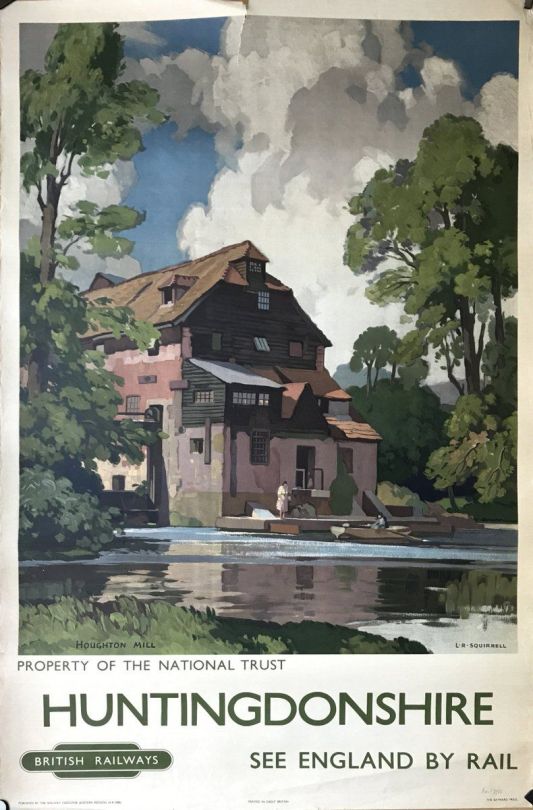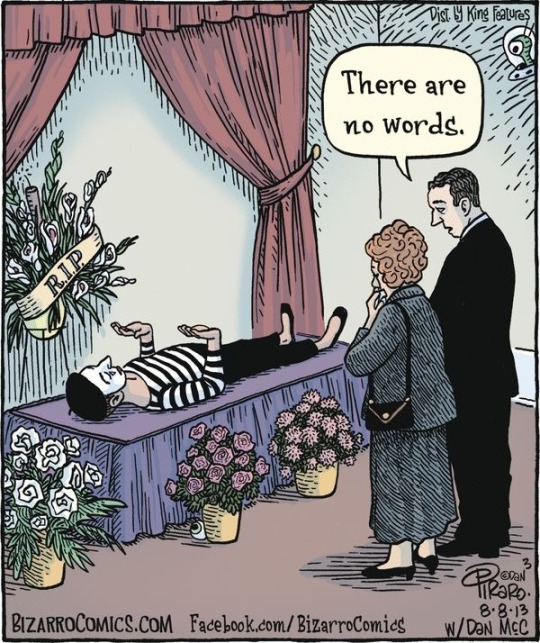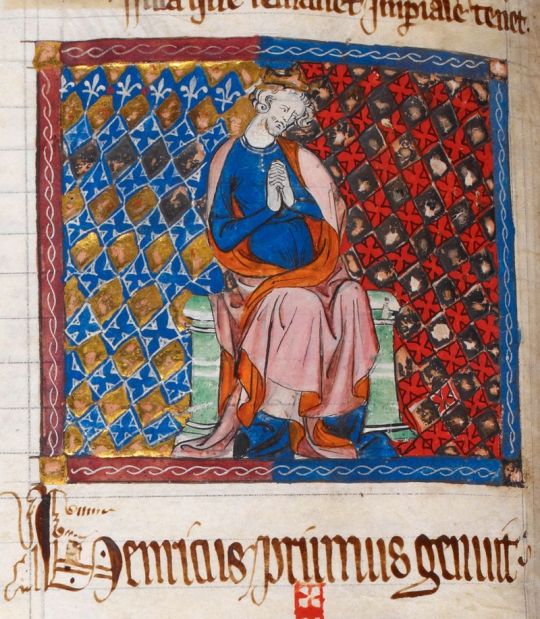Video
youtube
Concerto #2 Rachmaninov by Alexander Malofeev / Fayçal Karoui - Orchestr...
4 notes
·
View notes
Text
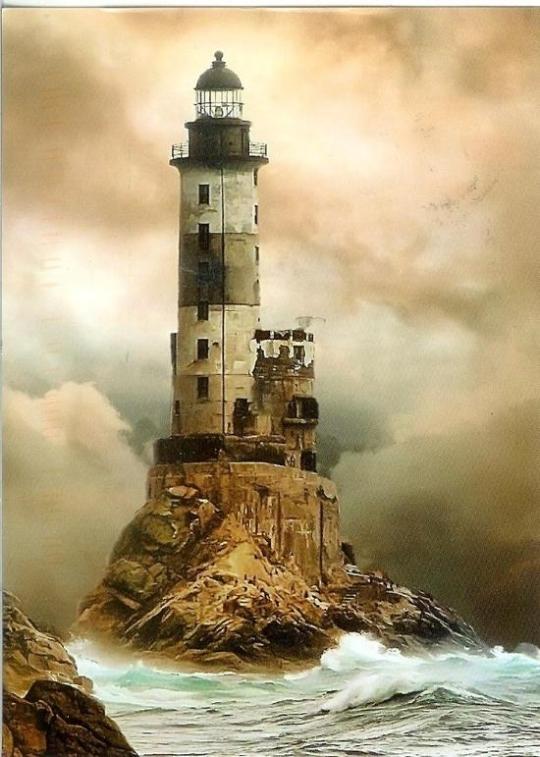
Aniva Lighthouse was built by the Japanese in 1939 on a rock off the southern coast of Sakhalin (a 950 km long island situated between the Sea of Japan and Russia’s Sea of Okhotsk).
Now abandoned, its seven stories of diesel engines, accumulator rooms, keepers' living spaces, radio facilities and clockwork pendulums, echo only with the crash of waves against the surrounding crags...
44 notes
·
View notes
Text

Born in Dublin on November 8, 1847, Abraham(Bram)Stoker, was an Irish author; perhaps best remembered for his Gothic horror novel, “Dracula”.
Bram was educated at Bective House School, and later Trinity College, Dublin, where he graduated with a BA in 1870, adding his MA in 1875.
In 1878, he married Florence Balcombe, daughter of Lieutenant-Colonel James Balcombe. She was a celebrated beauty whose former suitor had been Oscar Wilde. Stoker and Wilde had known each other from their student days; Stoker having proposed Oscar for membership of the university's Philosophical Society. Wilde was said to have been upset at Florence's decision, though Bram later resumed the acquaintanceship and visited Oscar on the Continent after his fall.
In his early years, Bram Stoker worked as a theatre critic for the Dublin Evening Mail, and wrote stories as well as commentaries. He also enjoyed travelling, particularly to Cruden Bay, in Scotland, where he set two of his novels. During his lifetime though, he was perhaps better known as the personal assistant of actor Sir Henry Irving, also as business manager of the Lyceum Theatre; which Irving owned.
During another of Stoker's travels, this time to the English coastal town of Whitby, in 1890, he's said to have found inspiration for writing Dracula; though it's also suggested he hadn't actually started drawing up his notes for the work until 1895, when he'd been staying at the Kilmarnock Arms Hotel, in Scotland. The guest book with his signatures from 1894 and 1895 still survives; a distinctive room in nearby Slains Castle, thought likely to have been the inspiration for the octagonal room in Castle Dracula.
The novel has no single protagonist, but opens with solicitor, Jonathan Harker, taking a business trip to stay at the castle of a Transylvanian nobleman, Count Dracula. Harker escapes the castle after discovering that Dracula is a vampire, whereafter the Count moves to England and plagues the seaside town of Whitby.
After suffering a number of strokes, Bram Stoker died at No. 26 St George's Square, London on April 20, 1912. His ashes were placed in a display urn at Golders Green Crematorium in north London; the ashes of Irving Noel Stoker, the author's son, were added to his father's urn following his death in 1961.
Trivia: Dracula was published in London in May 1897, by Archibald Constable and Company. It cost 6 shillings, and was bound in yellow cloth and titled in red letters; its appearance, said to look "shabby", perhaps suggesting the title had been changed at a late stage (contracts typically being signed at least 6 months ahead of publication, though Dracula' was unusually signed only 6 days prior to publication)
9 notes
·
View notes
Text
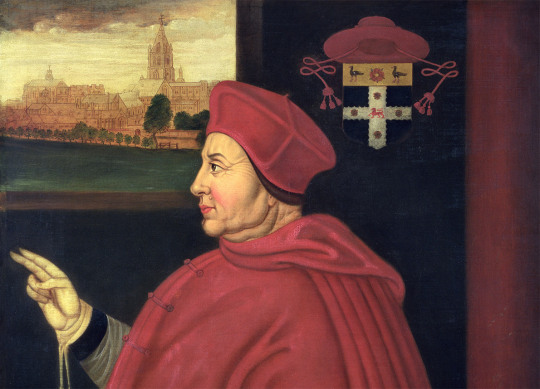
Born in Ipswich, Suffolk, in 1471, Thomas Wolsey (sometimes spelled Woolsey), was an English statesman and a cardinal of the Roman Catholic Church.
Having been appointed King’s Almoner when Henry VIII became King of England in 1509, Wolsey’s affairs prospered; eventually being made Lord Chancellor (the King’s chief adviser; often depicted as an alter rex or ‘other king’).
Within the Church, Wolsey became Archbishop of York (the second most important seat in England). His appointment as Cardinal in 1515, giving him precedence even over the Archbishop of Canterbury.
Few men born without noble blood had as much power as Wolsey during Europe’s Early Modern period. His main legacy perhaps, his interest in architecture, in particular his home, Hampton Court Palace, and his founding of Cardinal College, Oxford, (renamed King’s College after Wolsey’s fall from grace; today known as Christ Church).
Cardinal Wolsey passed in 1530. In keeping with his practice of erecting magnificent buildings, Wolsey had planned a tomb at Windsor, but was buried in Leicester Abbey without a monument.
Henry VIII is said to have contemplated using the impressive black sarcophagus for himself, but Lord Nelson now lies in it, in the crypt of St. Paul’s Cathedral.
1 note
·
View note
Video
youtube
Carols from King's 2016 | #10 "Suo Gân" arr. Stephen Cleobury - Choir of...
2 notes
·
View notes
Video
youtube
George Butterworth - Two English Idylls (1911). Nikon Nikkor 18-200mm lens.
4 notes
·
View notes




